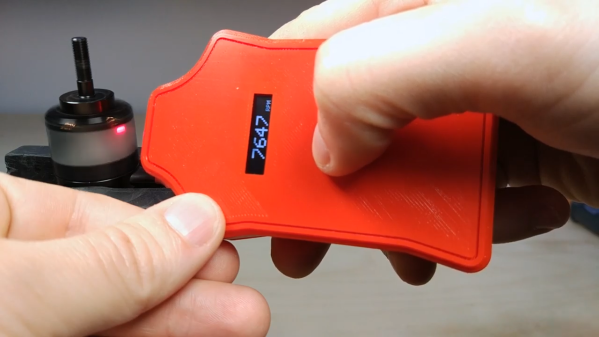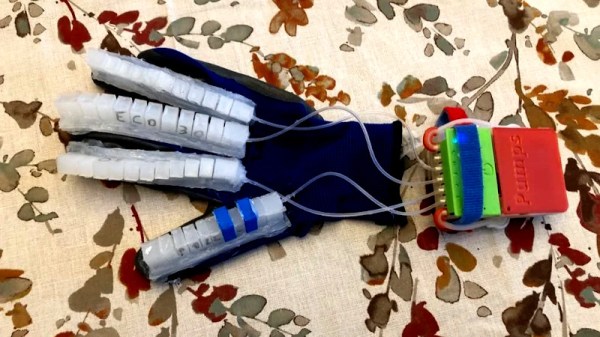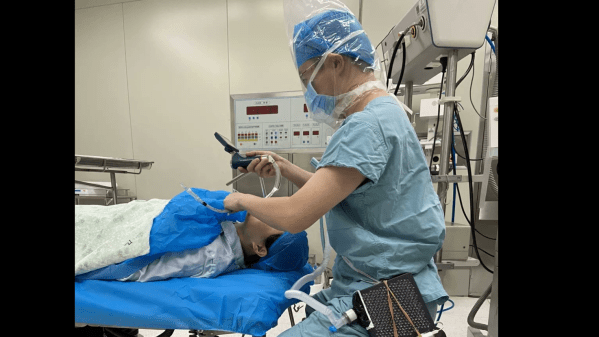When walking down a dark street, it’s common to get a sense that one is being followed. It pays to check, of course, but what if we could get better data than simply a vague feeling from the unknown? [caitlinsdad] built a project that can do just that, with a cute pair of ears to boot.
The werewolf ears claim to be ISO Standard, though we’re yet to see the relevant documents to bear that out. Regardless, they use an Adafruit Gemma M0 microcontroller to run the show, hooked up to an infrared proximity sensor to detect movement. When triggered, the Gemma responds to the signal by twitching the wolf ears attached to a headband, alerting the wearer that someone is closing in.
Built and calibrated properly, this could be a useful invention for those who regularly find themselves followed by those skulking on the sidewalk and for whom moving to another neighbourhood is a more expensive option. We’ve seen other responsive wearables, too. Video after the break.


















